The age of social media has redefined activism. With the widespread adoption of hashtags (#) on social media, we have entered a new era of protest, connection, and collectivism. From #JeSuisCharlie and #MeToo to #MAGA and #BlackLivesMatter, hashtags on social media fuel political protests and corresponding marketing campaigns for those movements. Social media gives a voice to marginalized groups who are looking to educate and galvanize people about views that are not in the mainstream. Social media has evolved into more than platforms to share personal pictures and funny memes; today social media serves as a conduit for passionate conversations that, ostensibly, have no geographic boundaries or limits that come with costly traditional marketing campaigns.
A 2018 Pew Research Center study, entitled “Activism in the Social Media Age,” found that the hashtag was used on Twitter an average of 17,002 times per day. That’s a lot of civic engagement, and it’s a great opportunity for brands to participate in conversations and movements that matter to people and companies. Activism on social media gives brands the chance to be meaningful to consumers. Exemplary examples, such as Always with #LikeAGirl and Nike with #DreamCrazier, show that there are numerous brands that have been masterful in entering the public discourse via social media. Below is a list of articles, books, and studies that analyze the pros and cons of activism on social media, and its impact on conversation and action.
#1 Scaling Social Movements through Social Media
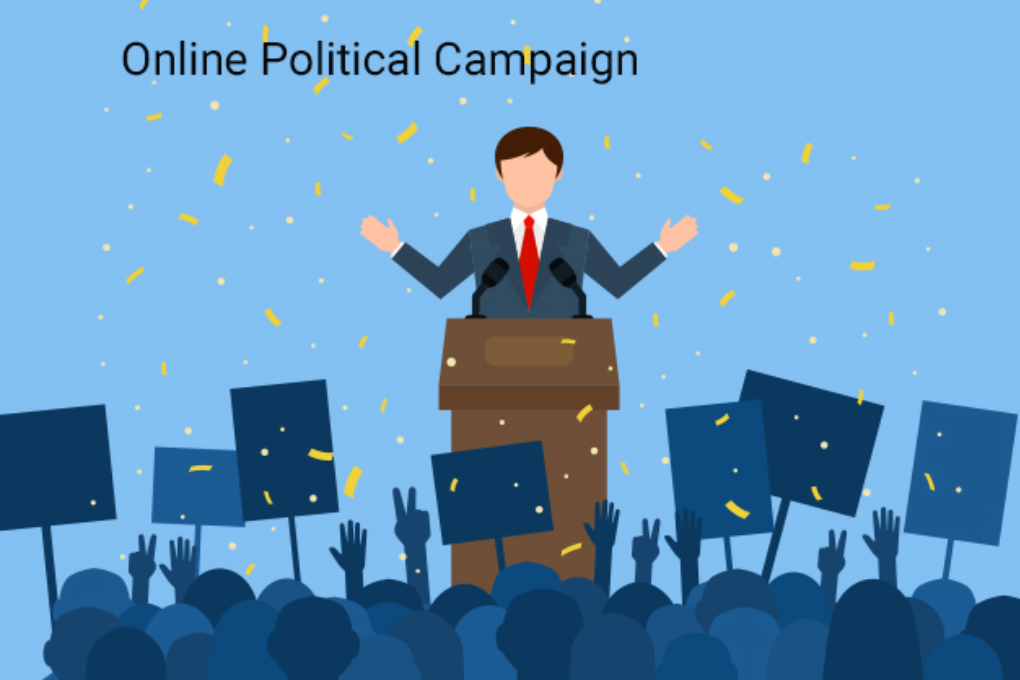
This study talks about the benefits of using social media to scale up in an online political campaign. The authors suggest that the pros (e.g., mobilization and amplifying alternative narratives) outweigh the cons (e.g., slacktivism, ideological blurring, and risks to activists). This study draws on the Black Lives Matter case.
#2 Is Political Activism on Social Media an Initiator of Stress
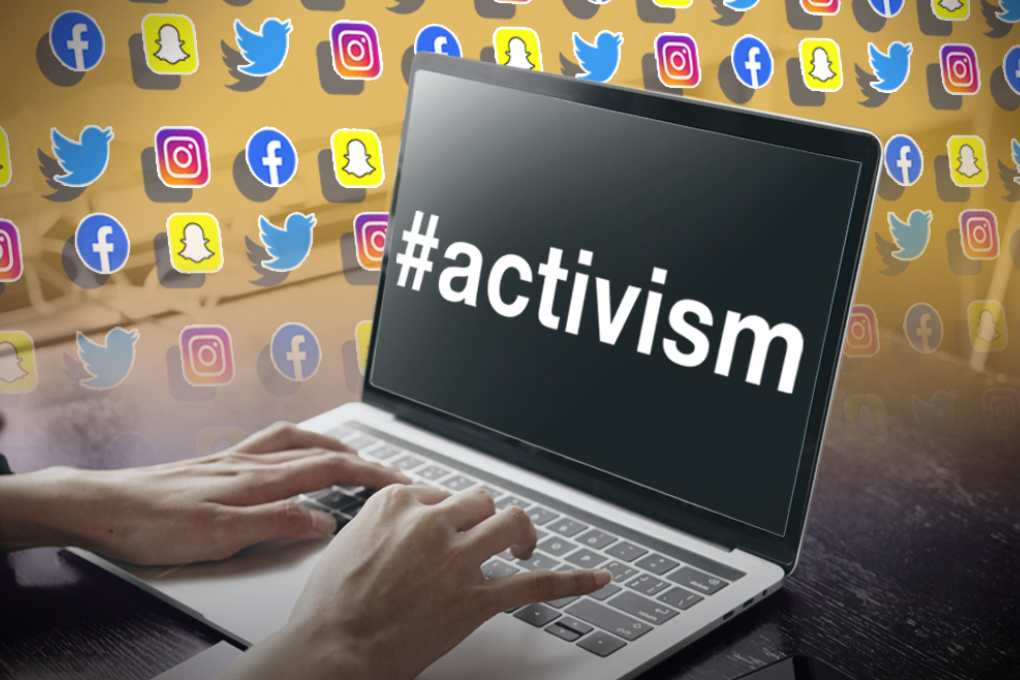
This study looks at whether activism on social media can lead to psychological stress among participants. With the context of the political scene in Pakistan, the authors explain that exposure to ethnic-political conflict and violence, which is often intertwined in online activism, is a source of psychological stress among social media users. The researchers established a significant association between stress and political activism in this study.
#3 Consumer Activism through Social Media
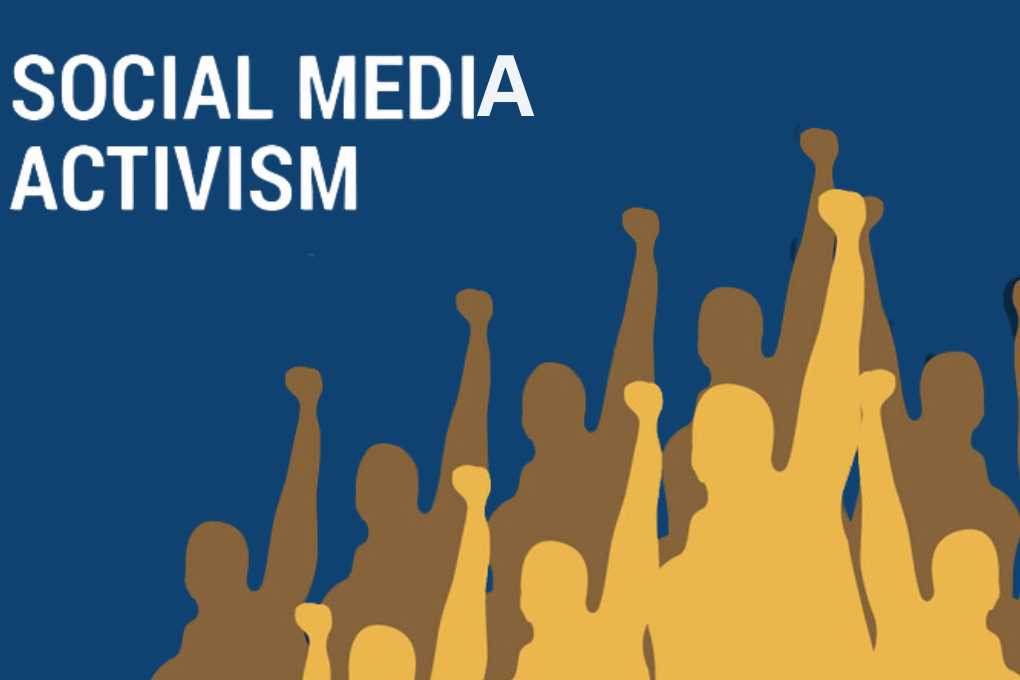
This article explores web-based activism through the viewpoint of the consumer. The authors spell out how activism on social media can foster cooperation between consumers and corporations—and online activism is a way to hold companies accountable. Again, the authors explore the topic of slacktivism in this article but also the power of the viral phenomenon, which scholars interpret as an online version of word-of-mouth marketing.
#4 The Problem with Social Media Protests
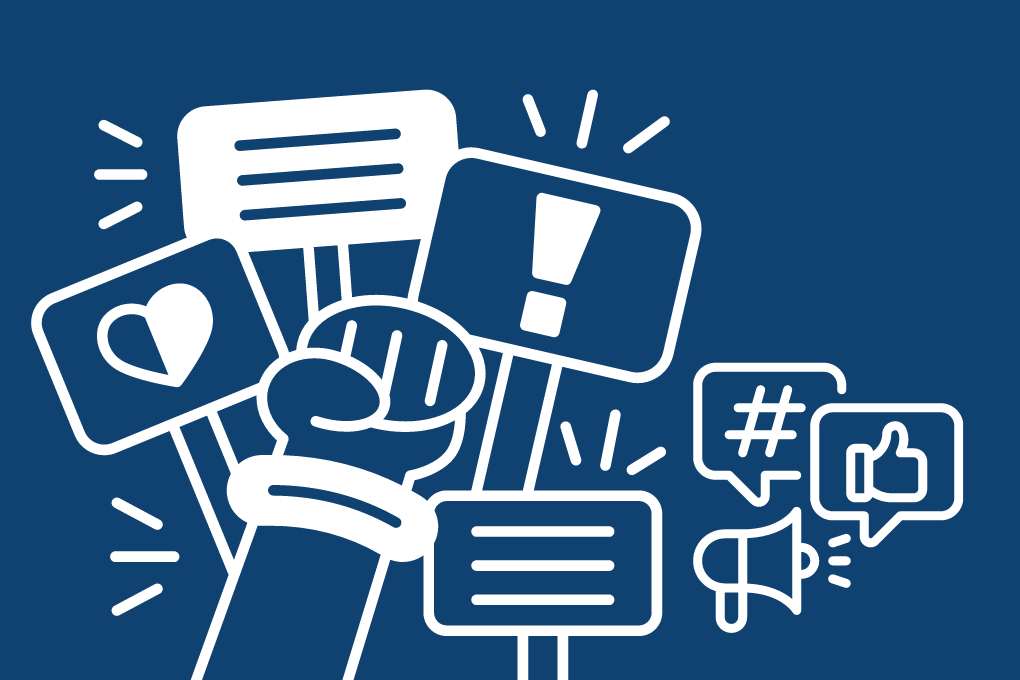
Although political campaigns on social media can boost awareness and lower the barrier of entry for people who want to join a movement, holding the attention of audiences can be difficult. This article in The Atlantic discusses the challenges of keeping up the momentum of a viral campaign on social media. The author, Antonia Malchick, provides several examples of successful campaigns that fizzled out and explains why online movements often don’t last as long as campaigns rooted in in-person connections.
#5 Activism vs. Slacktivism

The age of digital activism on social media has spawned so-called slacktivism, nominal actions on social media that show support for a cause but not necessarily having understanding, passion, or real-world action. This article discusses how activists and marketers are now challenged to transform slacktivism, such as changing a profile picture or clicking the like button, into a shift in public perception and substantive action.
#6 In Defense of ‘Slacktivism’: The HRC Facebook logo
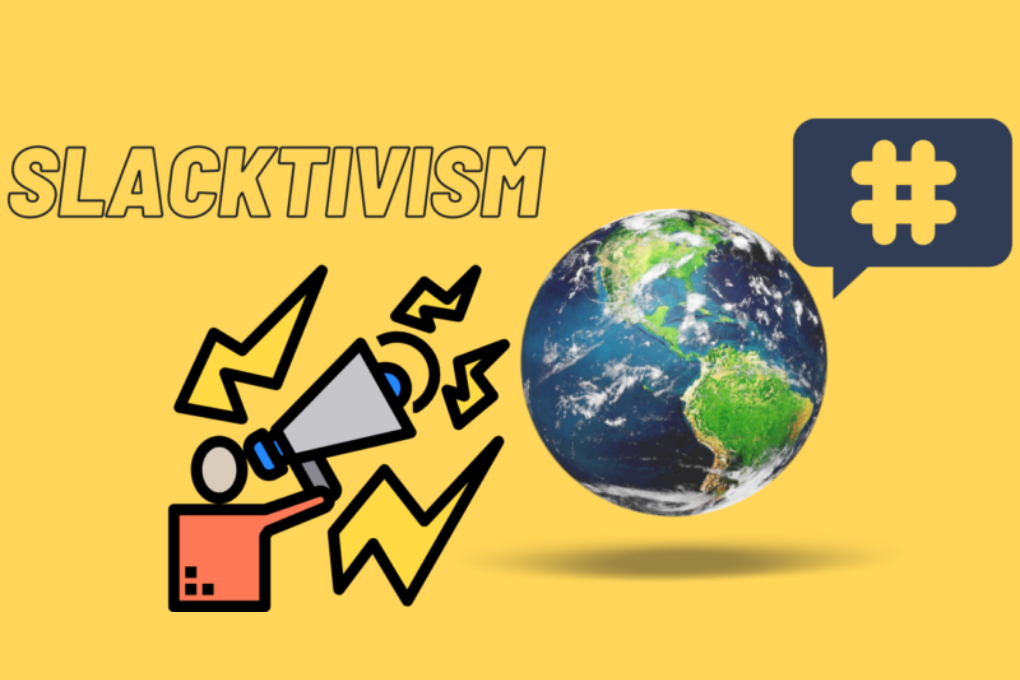
This article features the Human Rights Campaign case, in which supporters changed their profile pics to the Marriage Equality logo, as an example of successful slacktivism that raised awareness, drove action, and fought bias against a marginalized group. Although critics say that slacktivism makes little measurable change, the author examines this case and presents it as a paradigm for successful slacktivism.
#7 Cases in PR management: The Rise of Social Media and Activism

The author of this book goes beyond theories, principles, and discussion by presenting and analyzing the outcomes, both successful and unsuccessful, of public relations campaigns that communicators executed on social media. Examples include cases from Best Buy, Hallmark, the Jewish Museum, and Paychex.
#8 Sharing Stories of Sexism on Social Media

The author of this article in The Guardian addresses critics of online feminism. The piece acknowledges the shortfalls of online activism, such as the exclusion of those without access to the internet or electronic devices. Marketers should consider the takeaways from this article on how to address criticisms of online messaging and the existential problems that communication campaigns have on social media.
#9 Social Media Fuel Modern Student Activism

This article in the Atlanta Journal-Constitution is of interest to marketers who want to learn about how young consumers and activists are disseminating their messages without expansive PR teams and large budgets. A lot can be learned about how these college students in Atlanta are crafting effective campaigns that once took months and even years to coordinate before the age of social media.
#10 Youth Collective Activism through Social Media
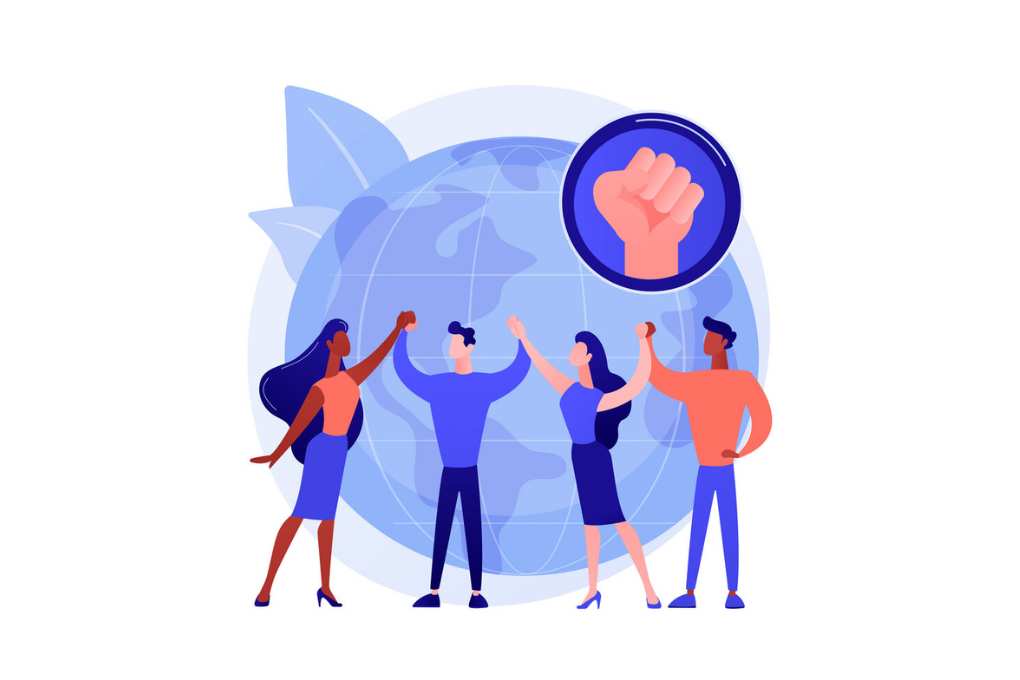
Marketers who read this article will find the value in inspiring and organizing online collective actions, behaviors which are often thought to be individualistic. The authors of this study explore the efficiency of collectivism on social media and examine how collectivism galvanizes political participation among youth. The researchers say that collective efficacy is fueled by online activism as a group.
#11 Tweets and the Streets : Social and Contemporary Activism

This book delves into the “new politics of dissent” that has been invigorated by online communication, in particular, Facebook, hashtags, and tweets. From this book, strategic communicators can draw information on how the art of assembly has shifted from physical spaces to cyberspace—where marketers can enter conversations and spark action.
![]()

